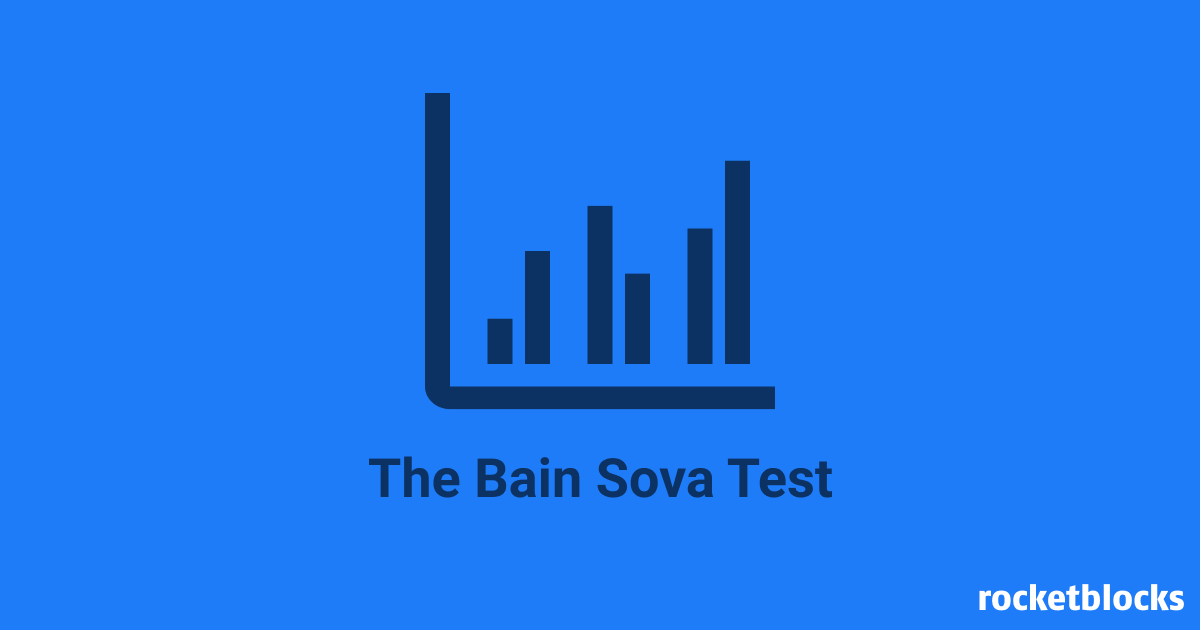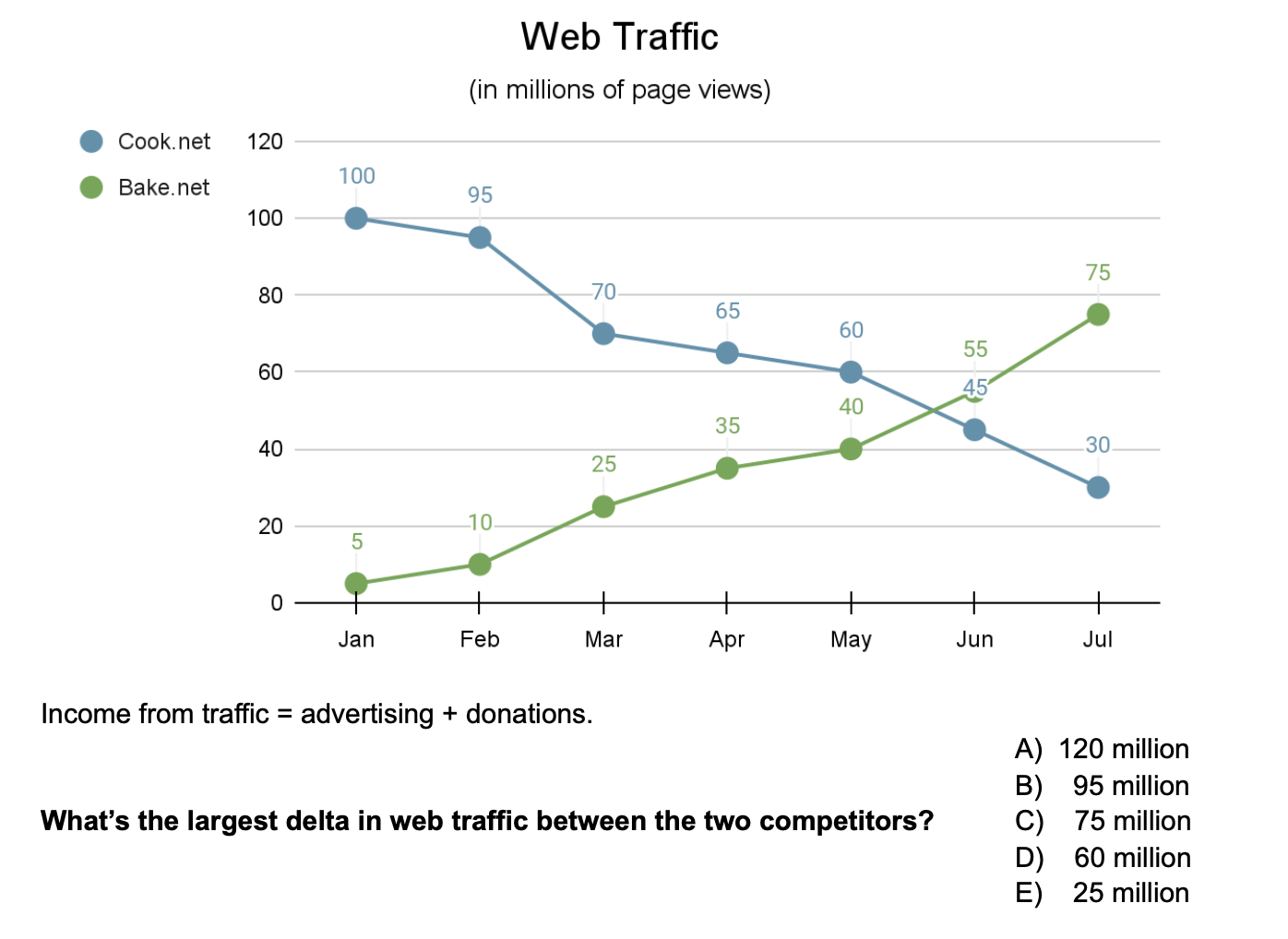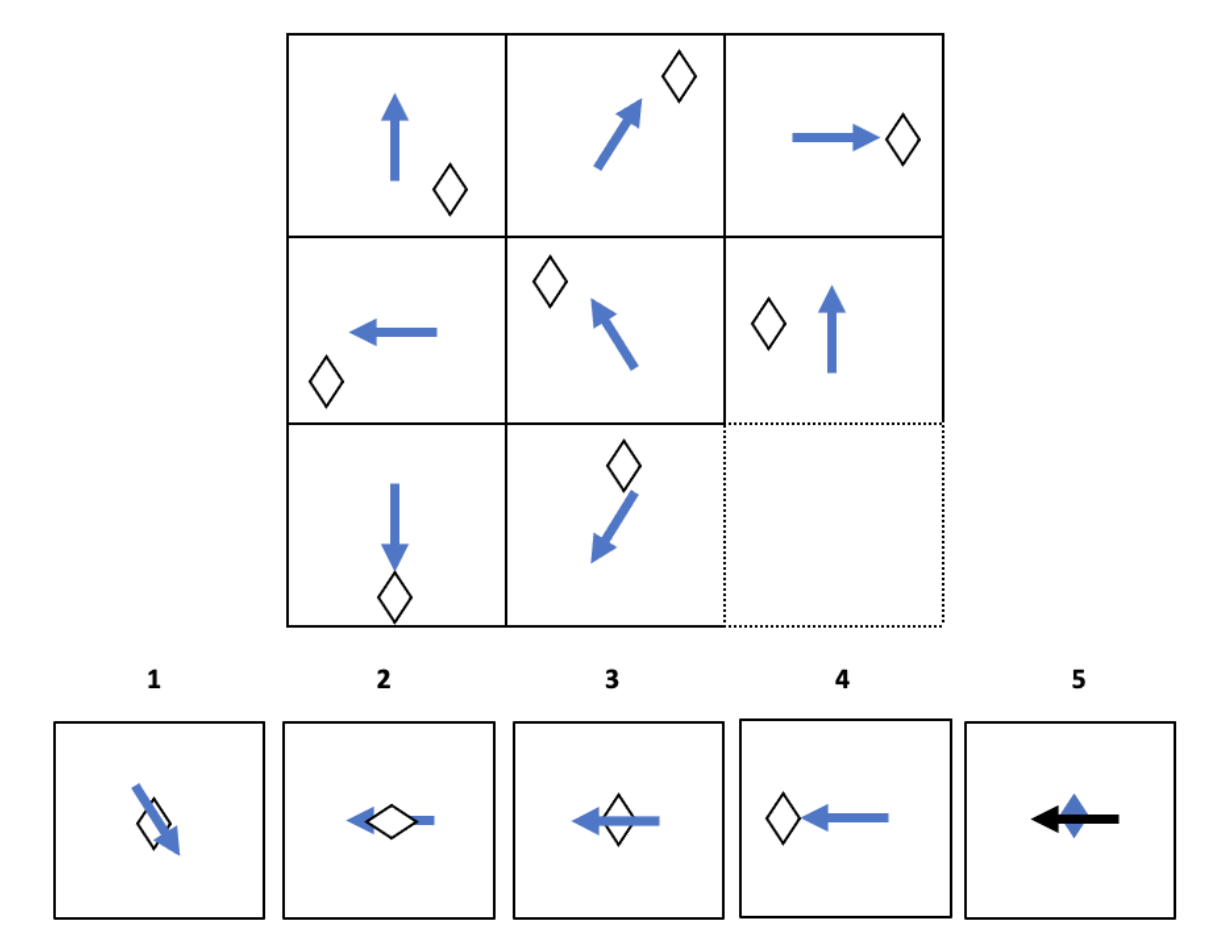Bain Sova test
An overview of Bain's new online psychometric assessment given to candidates before round one of interviews
|
|
|
Why SOVA | About the test | Examples | Sova vs. online test | Preparation tips
This year, Bain rolled out a new, online psychometric assessment. The test is provided by Sova Assessment, a UK-based tech company, as Bain’s new go-to screening test.

The test is sent to applicants after the resume screening but before the first case interview. Essentially, it acts as a gate to getting into in-person interviews. In order to get invited to interview in-person, you must pass the Sova test. It is important to note that this test isn’t used in all geographical locations at this time.
Why does Bain use this test? (Top)
The goal of these types of tests, in consulting and other industries, is to reduce the number of applicants that reach the case interview stage in the interview process. Active consultants are pulled from their cases to conduct these interviews, so the company, Bain in this example, uses this type of test to weed out the applicants to save their employees’ time and their own money. The test acts as a preliminary look into how a candidate would person in the actual interview because the skills that are tested here are pertinent to the case interview itself.
About the test (Top)
The test is not timed, but you are graded on accuracy and speed. Questions that are answered correctly and quickly are ranked higher than slow correct responses. According to Psychometric Success, it is advised that you spend no more than 45 seconds per numerical and logical question and no more than 30 seconds on the verbal reasoning. The applicant is permitted to use scratch paper and a calculator while taking the test from their own home. The assessment is divided into five sections: mathematical, verbal, abstract reasoning, situational judgement, and personality."
- Mathematical: This includes mathematical calculations, chart reading and interpretation, and data analysis.
- Verbal: Draw conclusions based on textual evidence.
- Abstract Reasoning: Similar to an IQ test, this section focuses on pattern recognition and sequence completion.
- Situational Judgment: In this section, the candidate ranks responses to workplace situations from best to worst.
- Personality: This is also based on ranking, from Very True to False, your workplace personality.
Examples (Top)
Let’s look at some examples of each type of question.
MATHEMATICAL
The mathematical portion of the Sova test focuses on graph, chart, and table reading. Start by reading the title of the graphic, this will give you a good indication of the subject of the question. Next, scan the table to familiarize yourself with the data, recognizing any themes, the purpose, and the units used. Finally, read the question and try to answer it based on all the information at hand. Let’s try an example!
Question 1: 
The correct answer is B (95 million). The range is the difference between the greatest and the least values. Cook.net has the greatest number of page views (100 million) and Bake.net has the least number of page views (5 million). The range is the difference between these two numbers, so the range is 100 million - 5 million = 95 million.
💡 RocketBlocks charts/data drills are a great way to target developing this skill!
VERBAL
In this portion of the test, you are asked to read passages from which you must draw conclusions. The purpose of this section is to assess how quickly and effectively you read, interpret, and process information, extrapolating key information along the way. You are prompted to read a passage and decide whether or not the statement is true, false, or you cannot say. Let’s try an example.
Question 2: The passage suggests that it is safer to spread your savings across a range of different investments.
The answer is 1) true. The third sentence, or last sentence of the first paragraph, explains that the rich diversify their portfolios to reduce risk.
ABSTRACT REASONING
When tackling an abstract reasoning question, first look for a pattern. Ask yourself the following questions to recognize a pattern. Are there colors involved? If yes, are the colors the same element to element? Are the shapes rotating? If yes, are they rotating in a specific direction? Are there numbers involved? And so on. The best way to answer this type of question is to determine the relationship between each element in the graphic.
Question 3: Complete the pattern.

The correct answer is 3. Notice that the color of the arrow and the diamond remain the same throughout. Also, the diamond is always taller than it is wide. This means that we can automatically eliminate choice (2) and (5). Furthermore, notice that the diamond is always below the arrow in the first column, above in the second column, and beside (in the middle) in the third column. This means that the diamond in the answer should be in the middle of the box. This leaves us with two choices, (3) and (4). Notice that the diamond is never located in the same spot twice, so the diamond shouldn’t be to the left or the right of the arrow. Instead, the arrow should be going through the diamond which leaves us with one answer, (3).
SITUATIONAL JUDGMENT
In this portion of the test, you are given a hypothetical work-related situation and asked to determine how you would react in that situation. There is no right or wrong answer to any of these questions. They are based on your personal morals, and the point is to analyze your personality. Here’s an example of a question you might see.
Question 4:
Response #1: Wait for the next meeting with the account manager and raise your concerns with them directly. Go to the meeting prepared with a list of issues that you have experienced so that you can jointly agree a plan for improving service.
Response #2: Raise your concerns with your own line manager so that they can escalate the issue at the right level within the supply company.
Response #3: Start looking for alternative suppliers who might be more appreciative of your business.
Response #4: Bide your time but keep track of issues when they arise. The account manager has only just started looking after you and they may just need time to get used to you.
The best answer to this questions is response #1 and the worst is response #3. Approach #1 attempts to keep the longer-term relationship with the supplier in mind. By raising your concerns early on with the account manager it gives you both an opportunity to try and make the relationship work in the longer-term. In many businesses, suppliers are regarded as partners and it is important to find a way to work together towards common goals. This question is testing your teamwork skills while also making sure that your work is getting finished on time and well. Approach #3 fails to recognize the importance of suppliers as partners. It is increasingly important in business that we build strong relationships with our suppliers to ensure that that both parties gain the maximum benefit from the relationship. You already recognise that the products are superior; it just takes some effort to set expectations and create a positive relationship with the existing supplier.
PERSONALITY
The personality portion of the test is a questionnaire, similar to the Myers-Briggs test, where you are asked to read a group of statements, ranking them from “most like me” to “least like me”. Once again, there are no right or wrong answers, but this portion of the test is used by the organization to see if your preferences fit with the company’s values. The personality traits that are tested are motivations, flexibility, decision-making, communication, and more.
Got a Bain interview?

"I used RocketBlocks for 20 minutes each night during the recruiting process. Peers from MBB complimented my increased ease in math, which boosted my confidence and my ability to land offers with Bain, BCG, and McKinsey!" -- Lindsay Van Landeghem, Consultant at Bain & Co.
Bain Sova vs. Bain Online Test (Top)
Bain’s transition from their online test to Sova reflects the changing times in the consulting industry and the world. Specifically, screening tests are examining more fundamental skills rather than business acumen because firms need technical talent as well as business talent to accommodate their clients. Also, with the COVID-19 pandemic, pen and paper, in-person tests have become obsolete.
The old Bain online test was split into two sections. The first section was used to assess critical reasoning and problem solving in the GMAT portion of the test. The second section was a broken down case study, similar to McKinsey's PST.
There are few big changes from the old online test and the new Sova test. (1) The Sova test is not business-specific, instead, it is used to test general reasoning using business context. (2) Half of the test is geared towards personality and judgment, taking a more holistic approach to understanding a candidate’s strengths and weaknesses. A broader psychometric test, like this one, captures a greater proportion of the qualities examined in a case interview. (3) As previously discussed, the format of this assessment is much different than the previous test as it has five sections as opposed to two. Also, the test is conducted from the candidate’s home rather than in person.
Is it hard?
Just like its predecessor, the test is used to weed out applicants to create a smaller, more manageable group of candidates. It is hard to answer whether the test is hard or not because its purpose is to test an applicant’s skillset, in relation to the role. In other words, the test is a good indicator of how well a candidate fits into the consultant role through the lens of mathematical, verbal, and abstract reasoning as well as personality and situational judgment. This is a competition between you and the other applicants, so as always, you should try your best to do well, stand out, and beat the competition. Also, some firms have been known to use the psychometric test score to compare candidates further on in the process, so scoring high should always be a priority.
Preparing for the Bain Sova test (Top)
Since this is a new test, there aren’t a lot of practice tests available for the Sova test. But, the test is focused on testing your skills rather than your discipline, so the best way to prepare is to skill-build and practice in iteration.
RocketBlocks has great resources for skill-building, specific problem solving, mental math, and abstract reasoning. Reviewing our content on fit interviews, linked here, will help you prepare for the situational judgment and personality portions of the test as it is primarily focused on understanding you as an applicant rather than your hard skills. But how do you integrate Sova prep into your case prep schedule?
Case interview prep is a form of skill building and development, so this is great practice for the Sova test on its own. Repetitive and consistent interview prep will help you get into a habit of making decisions quickly and accurately, a direct representation of how you will be graded on the Sova test. Also, case interviews are meant to be the real deal breakers in the consulting interview process, so if you are prepared for those, you should be sufficiently ready to smash the Bain Sova Test.
You might be thinking, is it really possible to prepare for situation judgment and personality questions? This portion of the test is judging whether or not you fit the “profile” they are looking for in a candidate. Questions based on judgment are important to the company, but they should also be important to you. Judgement is a lifelong skill and being able to make right decisions in unfamiliar situations will serve you well beyond your career. Long story short, the best way to prepare for this portion of the test is by training yourself to be more professional and level-headed in your decision making process.
It's your turn
The interview process is always changing, so make sure you are adapting with it. A lot of great information was just thrown at you, but it is now your turn to take this information and start preparing yourself for your career. Before you stress, remember that although these tests and interview stages are ever changing, the core skills that are being tested remain the same.
If you are going through consulting recruitment, sign up for RocketBlocks today to get access to great resources, pertaining to Bain’s new Sova test.
P.S. Are you preparing for consulting interviews?
Real interview drills. Sample answers from ex-McKinsey, BCG and Bain consultants. Plus technique overviews and premium 1-on-1 Expert coaching.



